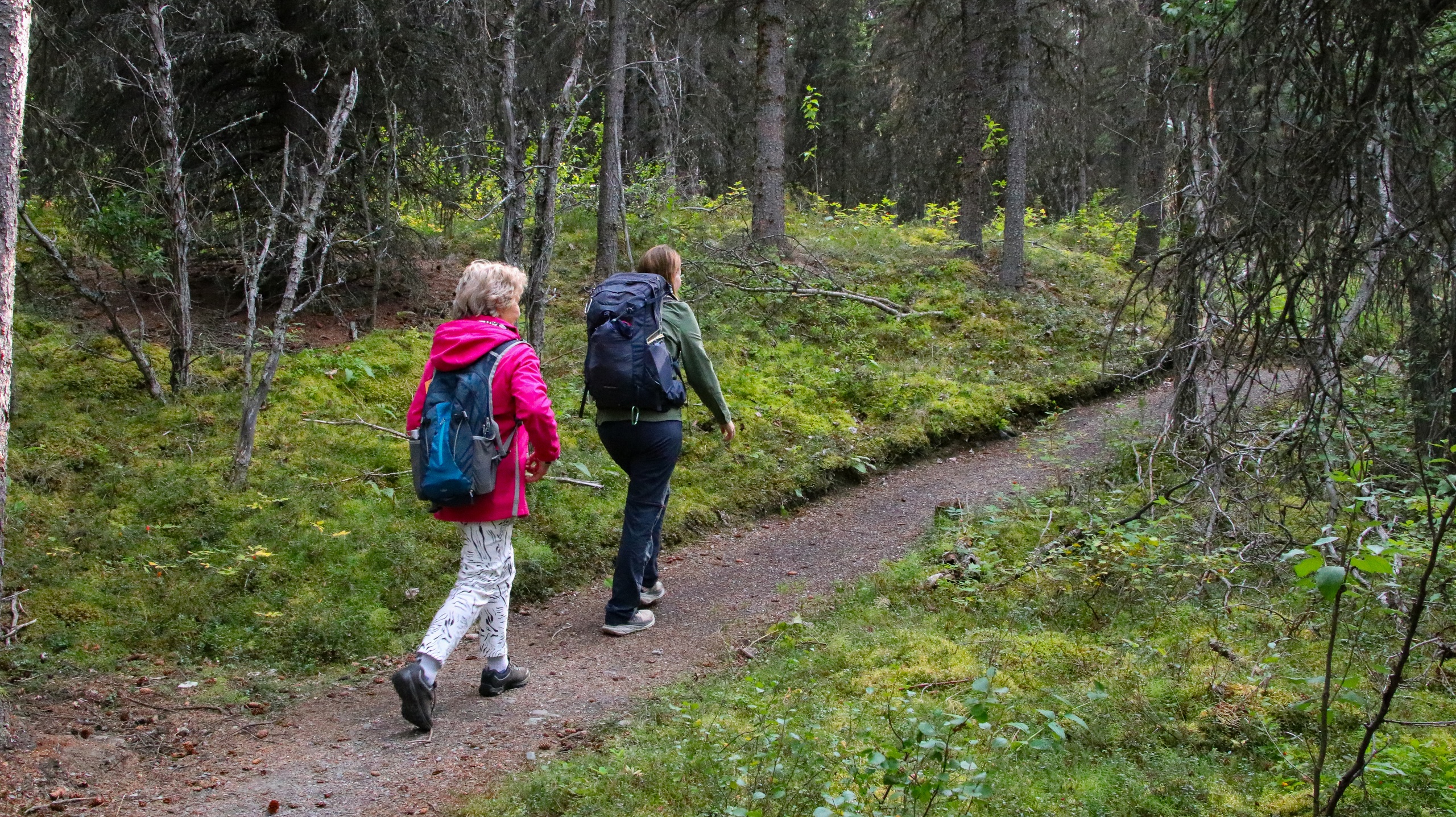Edge of Africa: Trekking Ethiopia’s Simien Mountains National Park
A high-altitude trek along Ethiopia’s legendary escarpments—wildlife, vast views, and the rhythm of the highlands.
Dawn comes with a hard edge in the Simiens. The escarpment shakes off the night and exhales a cold breath down the cliffs, nudging you toward the rim. Far below, valleys fold into each other like green origami; above, lammergeiers ride the thermals with a casual authority, as if they own the sky. At your feet, the trail threads along the lip of the plateau—sometimes broad and forgiving, sometimes narrowing until the void seems to tug at your pack straps. A troop of geladas appears as if conjured from the grass itself, rust-colored capes glowing in the slant light. They chew, mutter, and watch you, unimpressed by your heavy breathing at 3,600 meters. The mountains don’t boast. They don’t need to. They simply stand, a basalt crown lifted high over northern Ethiopia, and dare you to come a little farther.
Trail Wisdom
Plan Around Altitude
Camps sit between 3,200–3,900 meters—hydrate, pace yourself, and consider a night in Gondar to acclimatize before hitting the trail.
Layer Like a Local
Mornings can be near freezing and afternoons sunny; pack a warm midlayer, wind shell, and sun protection for rapid weather swings.
Scout and Guide Rules
Registration in Debark is required and a local scout is mandatory; hiring a guide adds cultural context and keeps your route efficient.
Mind the Rim
Cliff-side trails can be exposed and windy—secure hats, keep a respectful distance from edges, and use trekking poles on rocky sections.
Local Knowledge
Hidden Gems
- •Imet Gogo at sunrise for sweeping, shadow-rich vistas before the wind picks up
- •The Jinbar Waterfall overlook, especially after rains when the canyon roars
Wildlife
Gelada monkeys, Walia ibex
Conservation Note
Stick to established trails to prevent erosion and avoid approaching or feeding wildlife. Hiring local crews supports community-based conservation around the park.
Simien Mountains National Park was among the first properties inscribed on the UNESCO World Heritage List in 1978, reflecting its globally significant geology and biodiversity.
Seasonal Guide
spring
Best for: Green hills after the short rains, Stable trekking conditions
Challenges: Occasional showers, Cold mornings at altitude
March–May brings shoulder-season calm with a touch of moisture. Trails are quiet and the landscape stays lush without the heavy summer rains.
summer
Best for: Dramatic cloudscapes, Waterfalls at their fullest
Challenges: June–August long rains, Muddy, slippery trails and frequent fog
Expect wet weather, limited views, and slick footing. Trekking is possible with proper gear, but itinerary flexibility is key.
fall
Best for: Crystal views after the rains, Wildflowers and peak greenery
Challenges: Cool, windy escarpments, Popular viewpoints can be busy
September–November is prime: clear air, vibrant hillsides, and comfortable daytime temps. Book logistics early in popular months.
winter
Best for: Dry trails and bright skies, Reliable conditions for longer treks
Challenges: Very cold nights, Dusty afternoons on exposed sections
December–February is dry and consistent with chilly mornings and star-heavy nights. Warm layers and a good sleeping bag are essential.
Photographer's Notes
What to Bring
Sturdy Waterproof Hiking BootsEssential
Rocky, uneven trails and surprise showers make ankle support and grip crucial.
Insulating Midlayer and Wind ShellEssential
Cold mornings and constant escarpment winds demand reliable warmth and wind protection.
Trekking Poles
Help with balance on rocky sections and reduce knee strain during long descents.
High-SPF Sunscreen and Wide-Brim HatEssential
High-altitude UV is intense year-round, especially after the rains when skies clear rapidly.
Common Questions
Do I need a guide to trek in the Simien Mountains?
A local scout is mandatory and arranged at the Debark park office; hiring a licensed guide is highly recommended for navigation, safety, and cultural insight.
When is the best time to visit?
September–November offers the clearest views and greenest landscapes; December–February is dry and reliable with colder nights.
How hard is the trekking?
Most classic routes are moderate, covering 10–18 km per day with 300–800 m of gain. Altitude is the main challenge, so pace and hydration are key.
Can I see wildlife like Walia ibex and geladas?
Yes. Geladas are common along the plateau, and Walia ibex are frequently seen around Chennek and nearby cliffs, especially near dawn and dusk.
Are there lodges or is it all camping?
Camping is standard with simple designated sites; there are limited lodge options such as Simien Lodge near Sankaber for those preferring beds.
What permits or fees are required?
Register and pay park fees at the Debark office before entering the park; this is also where scouts and optional guides are arranged.
What to Pack
Warm layers for cold mornings; a brimmed hat and high-SPF sunscreen for intense UV; 2–3 liters of water capacity with purification tablets; sturdy boots to handle rocky edges and long days.
Did You Know
The Simien Mountains are home to the Walia ibex—an endemic wild goat found nowhere else on Earth—and were among the first UNESCO World Heritage Sites inscribed in 1978.
Quick Travel Tips
Fly into Gondar (GDQ) and organize permits in Debark; carry small cash for park fees and tipping crew; expect limited cell service once inside the park; book guides and pack animals a day in advance during peak season.
Local Flavor
Base in Gondar and refuel on shiro, tibs, and injera at Four Sisters Restaurant. Pair the trek with a visit to the Royal Enclosure and Fasilides’ Bath, then toast the escarpment sunsets with a cold St. George beer at a hilltop terrace.
Logistics Snapshot
Closest airport: Gondar (GDQ). Park HQ/trailhead: Debark. Drive time: ~3 hours/105 km from Gondar to Debark. Cell service: Spotty to none inside the park. Permits: Required from Debark; local scout mandatory, guide recommended; camping or limited lodge options.
Sustainability Note
This UNESCO-listed highland ecosystem is fragile—pack out all waste, use refillable bottles, keep a respectful distance from geladas and ibex, and remain on established paths to protect alpine vegetation and prevent erosion.
Continue Reading

Canyon Wave: Rafting Denali’s Glacial Heart on the Nenana River
The Nenana River doesn’t whisper—it urges you forward. On the Canyon Wave run, you’ll punch through crisp, glacial rapids beneath Denali’s ramparts, trading roadside views for a front-row seat to Alaska’s wild hydraulics. Cold water, big smiles, and a canyon that knows how to keep pace.
Healy, Alaska

Chasing Light in Denali: An Afternoon Hike Across Taiga and Tundra
Trade the tour bus for tundra. This guided afternoon hike threads from shadowed spruce to open ridgeline, where Denali’s valleys breathe wide and the wind calls the cadence. Come for the views, stay for the stories beneath your boots.
Denali Park, Alaska

